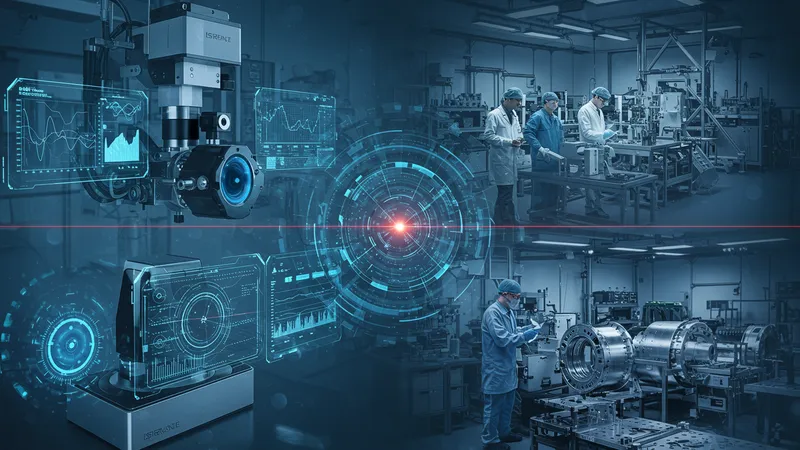
Optical Measurement Systems: Applications And Innovations In Modern Technology
Did you know that optical measurement systems are the secret behind some of the most groundbreaking technological advancements today? They’re revolutionizing industries from healthcare to aerospace!
As demand for precision technology skyrockets, optical measurement systems are now a critical focus, promising to reshape how we approach everything from manufacturing to medicine.

- Used by NASA to ensure spacecraft precision — starting at $50,000: NASA’s Optical Tools
- Tripled efficiency in factory production lines — $10,000/month: Factory Solutions Inc.
Many people still picture these systems as cumbersome and complex, but modern innovations have transformed them into lean, portable devices. They’re now capable of measurements with sub-micrometer accuracy! This transformation has allowed various industries to rethink what’s possible. But that’s not even the wildest part…
Consider this: optical measurement systems are now being used to detect early signs of disease, such as cancer, often before the symptoms appear. They’re giving healthcare professionals tools to save countless lives, and that’s just the start. What happens next shocked even the experts…
The innovations don’t stop there. Industries worldwide are reaping the benefits of cutting-edge optical measurement systems. Discover the hidden applications and how they’re silently reshaping our modern world…